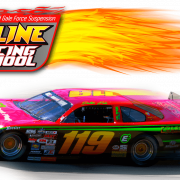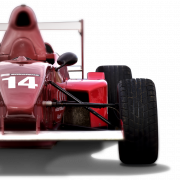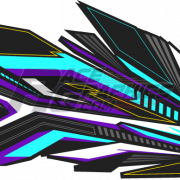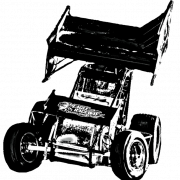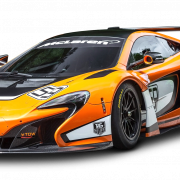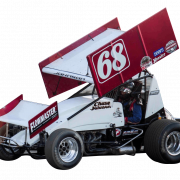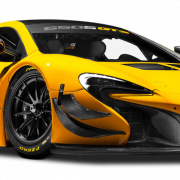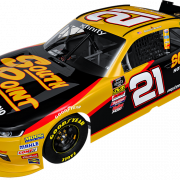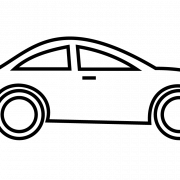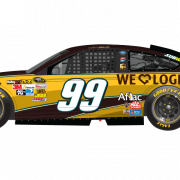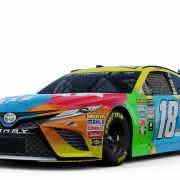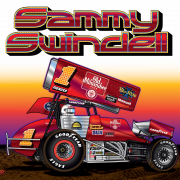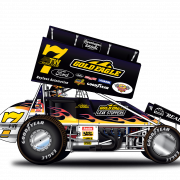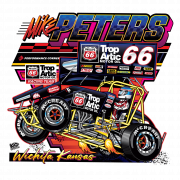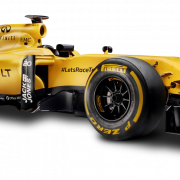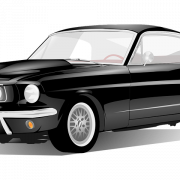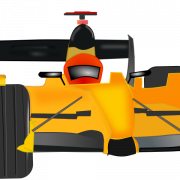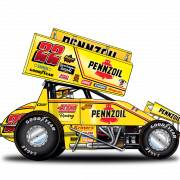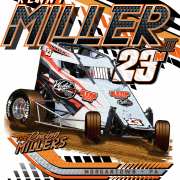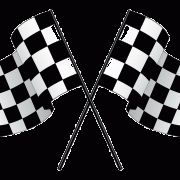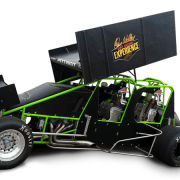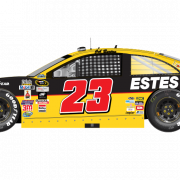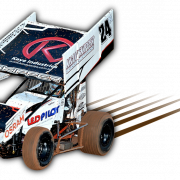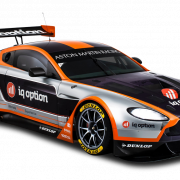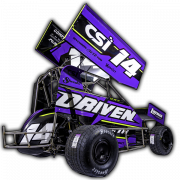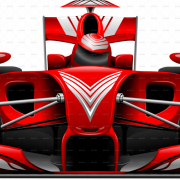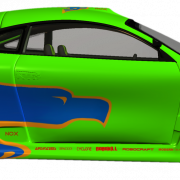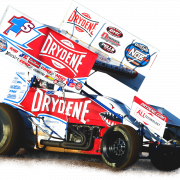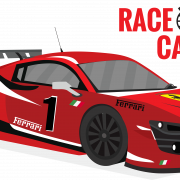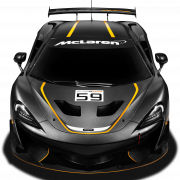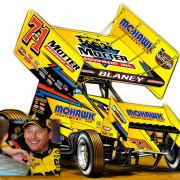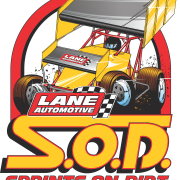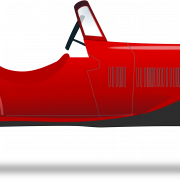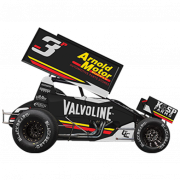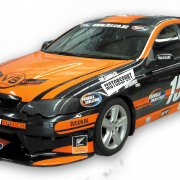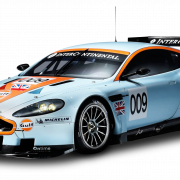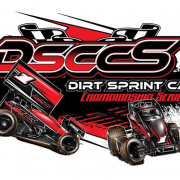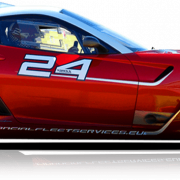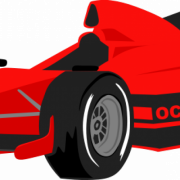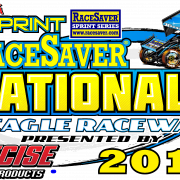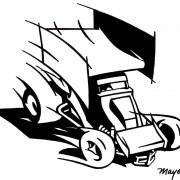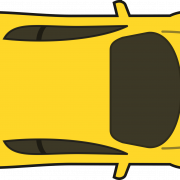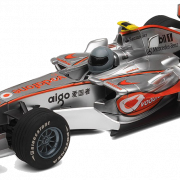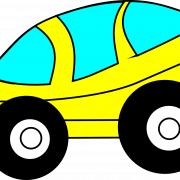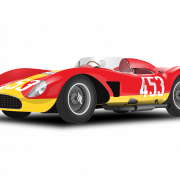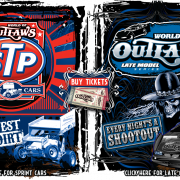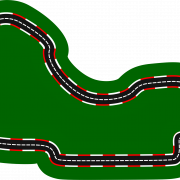Download top and best high-quality free Sprint Car Racing PNG Transparent Images backgrounds available in various sizes. To view the full PNG size resolution click on any of the below image thumbnail.
License Info: Creative Commons 4.0 BY-NC
Sprint cars are high-powered race vehicles that are built to compete on short oval or circular dirt or asphalt courses. Sprint car racing is popular in the United States, Canada, Australia, New Zealand, and South Africa, among other places.
With weights of over 1,400 pounds (640 kg) (including the driver) and power outputs of over 900 horsepower (670 kW), sprint cars have a power-to-weight ratio that exceeds that of modern F1 vehicles. They’re usually driven by a naturally aspirated, methanol-injected overhead valve V8 engine with a displacement of 410 cubic inches (6.7L) and a top speed of 9000 rpm.
These cars may reach speeds of over 160 miles per hour (260 km/h) depending on the technical configuration (engine, gearing, shocks, etc.) and track layout. Sprint cars with 360-cubic-inch (5.9L) engines that produce around 700 horsepower are close to zero and extremely popular class (520 kW).
Sprint cars don’t have a transmission, instead of relying on an in-and-out gearbox and quick-change rear differentials for gear changes. As a result, they lack electric starters (or any electrical equipment other than an ignition magneto) and must be started by hand. The introduction of roll cages and, especially on dirt tracks, wings, which increase surface traction, to shield the drivers has considerably improved sprint car racing’s safety record in recent years.
Traditional sprint cars are wingless sprint vehicles that date back to the earliest sprint cars in the 1930s and 1940s (that ultimately evolved into Indy cars). They’re virtually the same car as a winged sprint car today; only they don’t have wings. Many of them, in fact, include “stub outs” in the frame that may be used to create wings. They typically utilize the same 410 cubic inches (6,700 cc) and 360 cubic inches (5,900 cc) aluminum engines as their winged counterparts (while many local tracks have regulations requiring steel blocks and certain 305 cubic inches (5,000 cc) displacements, this is primarily a cost restriction).
They typically utilize the same 410 cubic inches (6,700 cc) and 360 cubic inch (5,900 cc) aluminum engines as their winged counterparts (while many local tracks have regulations requiring steel blocks and certain 305 cubic inches (5,000 cc) displacements, this is primarily a cost restriction). Some of the newer regional groupings, such as POWRi and Elite, have decided to accept open engines with no size restrictions. For the performance at lower RPMs, they have a different tune and gearing than winged vehicles. Different chassis setups and tires are also available.
Although they may not have the same peak speed as a winged car (due to the absence of downforce for traction), many people believe they are more fun to watch. They have distinct driving characteristics than their winged counterparts due to their lack of grip, making them more difficult to steer around turns. Because of this, as well as the lack of roll-over protection provided by a wing, they are more hazardous than winged automobiles, and their crashes are noted for being spectacular.
Download Sprint Car Racing PNG images transparent gallery.
- Sprint Car Racing PNG Photo
Resolution: 685 × 535
Size: 81 KB
Image Format: .png
Download
- Speedway Sprint Car Racing PNG Download Image
Resolution: 1280 × 700
Size: 172 KB
Image Format: .png
Download
- Speedway Sprint Car Racing PNG High Quality Image
Resolution: 1200 × 800
Size: 649 KB
Image Format: .png
Download
- Speedway Sprint Car Racing PNG Images
Resolution: 744 × 526
Size: 179 KB
Image Format: .png
Download
- Speedway Sprint Car Racing PNG Image File
Resolution: 900 × 388
Size: 105 KB
Image Format: .png
Download
- Raceway Sprint Car Racing
Resolution: 748 × 765
Size: 337 KB
Image Format: .png
Download
- Raceway Sprint Car Racing PNG
Resolution: 2100 × 1027
Size: 2000 KB
Image Format: .png
Download
- Speedway Sprint Car Racing PNG Photo
Resolution: 1601 × 1001
Size: 32 KB
Image Format: .png
Download
- Speedway Sprint Car Racing PNG Image HD
Resolution: 1316 × 1033
Size: 346 KB
Image Format: .png
Download
- Sprint Car Racing PNG File Download Free
Resolution: 1280 × 498
Size: 520 KB
Image Format: .png
Download
- Sprint Car Racing PNG Transparent HD Photo
Resolution: 1020 × 555
Size: 206 KB
Image Format: .png
Download
- Sprint Car Racing Flag PNG
Resolution: 960 × 609
Size: 86 KB
Image Format: .png
Download
- Speedway Sprint Car Racing PNG File Download Free
Resolution: 648 × 650
Size: 151 KB
Image Format: .png
Download
- Raceway Sprint Car Racing PNG Image
Resolution: 1280 × 800
Size: 29 KB
Image Format: .png
Download
- Raceway Sprint Car Racing Transparent
Resolution: 922 × 520
Size: 55 KB
Image Format: .png
Download
- Raceway Sprint Car Racing PNG Clipart
Resolution: 816 × 460
Size: 241 KB
Image Format: .png
Download
- Raceway Sprint Car Racing PNG Free Download
Resolution: 2800 × 2592
Size: 1369 KB
Image Format: .png
Download
- Raceway Sprint Car Racing PNG Picture
Resolution: 1400 × 1082
Size: 212 KB
Image Format: .png
Download
- Raceway Sprint Car Racing PNG Free Image
Resolution: 1400 × 1400
Size: 415 KB
Image Format: .png
Download
- Raceway Sprint Car Racing PNG File
Resolution: 1904 × 665
Size: 840 KB
Image Format: .png
Download
- Raceway Sprint Car Racing PNG HD Image
Resolution: 715 × 715
Size: 160 KB
Image Format: .png
Download
- Speedway Sprint Car Racing PNG Transparent HD Photo
Resolution: 960 × 480
Size: 179 KB
Image Format: .png
Download
- Raceway Sprint Car Racing PNG Pic
Resolution: 800 × 480
Size: 106 KB
Image Format: .png
Download
- Raceway Sprint Car Racing PNG Download Image
Resolution: 1400 × 1082
Size: 213 KB
Image Format: .png
Download
- Raceway Sprint Car Racing PNG High Quality Image
Resolution: 1126 × 1196
Size: 1475 KB
Image Format: .png
Download
- Sprint Car Racing Flag
Resolution: 1600 × 1200
Size: 244 KB
Image Format: .gif
Download
- Raceway Sprint Car Racing PNG Images
Resolution: 800 × 450
Size: 85 KB
Image Format: .png
Download
- Raceway Sprint Car Racing PNG Image File
Resolution: 922 × 520
Size: 55 KB
Image Format: .png
Download
- Raceway Sprint Car Racing PNG Photo
Resolution: 1000 × 565
Size: 505 KB
Image Format: .png
Download
- Speedway Sprint Car Racing PNG File
Resolution: 1024 × 573
Size: 646 KB
Image Format: .png
Download
- Speedway Sprint Car Racing Transparent
Resolution: 673 × 600
Size: 534 KB
Image Format: .png
Download
- Raceway Sprint Car Racing PNG Image HD
Resolution: 1024 × 505
Size: 463 KB
Image Format: .png
Download
- Sprint Car Racing
Resolution: 9592 × 5849
Size: 1899 KB
Image Format: .png
Download
- Sprint Car Racing PNG Picture
Resolution: 1600 × 532
Size: 809 KB
Image Format: .png
Download
- Sprint Car Racing PNG HD Image
Resolution: 1000 × 870
Size: 1117 KB
Image Format: .png
Download
- Sprint Car Racing PNG Image File
Resolution: 6100 × 3263
Size: 875 KB
Image Format: .png
Download
- Sprint Car Racing PNG Image HD
Resolution: 1578 × 1733
Size: 1650 KB
Image Format: .png
Download
- Sprint Car Racing PNG
Resolution: 786 × 609
Size: 823 KB
Image Format: .png
Download
- Sprint Car Racing PNG Image
Resolution: 900 × 1189
Size: 489 KB
Image Format: .png
Download
- Sprint Car Racing Transparent
Resolution: 2338 × 926
Size: 530 KB
Image Format: .png
Download
- Sprint Car Racing PNG Clipart
Resolution: 806 × 850
Size: 313 KB
Image Format: .png
Download
- Speedway Sprint Car Racing
Resolution: 768 × 425
Size: 450 KB
Image Format: .png
Download
- Speedway Sprint Car Racing PNG
Resolution: 1920 × 1012
Size: 1267 KB
Image Format: .png
Download
- Speedway Sprint Car Racing PNG Image
Resolution: 1238 × 526
Size: 428 KB
Image Format: .png
Download
- Speedway Sprint Car Racing PNG Clipart
Resolution: 960 × 629
Size: 631 KB
Image Format: .png
Download
- Sprint Car Racing PNG Free Download
Resolution: 1195 × 366
Size: 88 KB
Image Format: .png
Download
- Sprint Car Racing PNG Free Image
Resolution: 1498 × 500
Size: 333 KB
Image Format: .png
Download
- Sprint Car Racing PNG File
Resolution: 2538 × 1592
Size: 317 KB
Image Format: .png
Download
- Speedway Sprint Car Racing PNG Free Download
Resolution: 2329 × 841
Size: 415 KB
Image Format: .png
Download
- Speedway Sprint Car Racing PNG Picture
Resolution: 831 × 717
Size: 317 KB
Image Format: .png
Download
- Speedway Sprint Car Racing PNG Free Image
Resolution: 2400 × 1190
Size: 181 KB
Image Format: .png
Download
- Speedway Sprint Car Racing PNG HD Image
Resolution: 900 × 454
Size: 348 KB
Image Format: .png
Download
- Speedway Sprint Car Racing PNG Pic
Resolution: 2000 × 1112
Size: 135 KB
Image Format: .png
Download
- Sprint Car Racing PNG Pic
Resolution: 2400 × 1663
Size: 171 KB
Image Format: .png
Download
- Sprint Car Racing PNG Download Image
Resolution: 648 × 570
Size: 143 KB
Image Format: .png
Download
- Sprint Car Racing PNG High Quality Image
Resolution: 981 × 606
Size: 669 KB
Image Format: .png
Download
- Sprint Car Racing PNG Images
Resolution: 2400 × 1364
Size: 217 KB
Image Format: .png
Download

